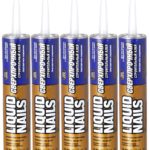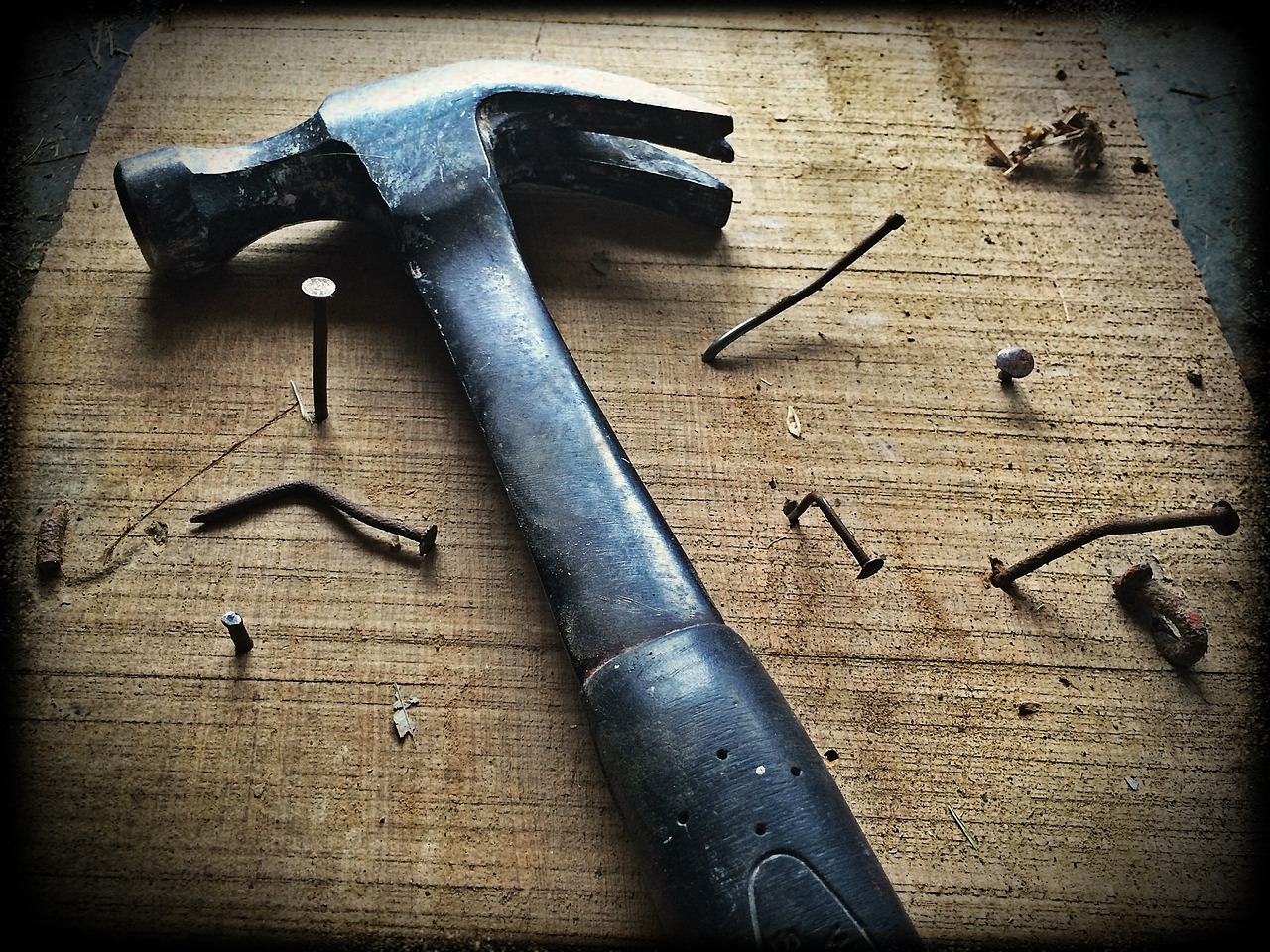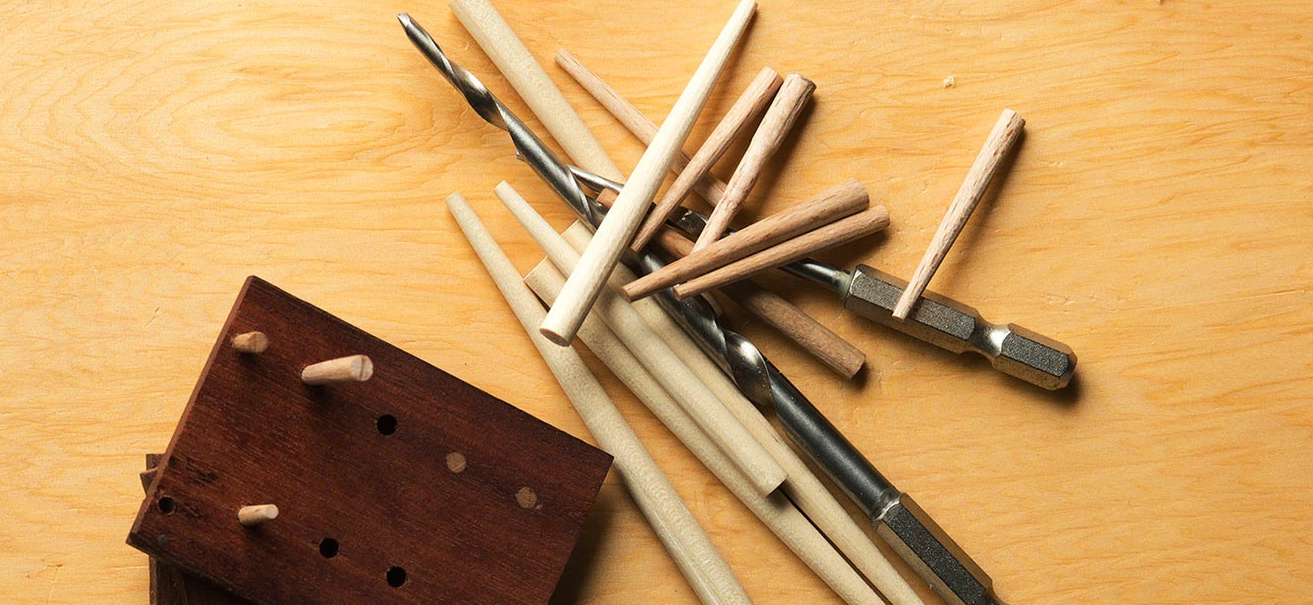Liquid nails: what are they and how to use them?
Back in 1962, a unique construction adhesive appeared, aimed at harsh operating conditions. It was produced under the brand Liquid Nails, which is translated from English as “liquid nails”. Loved by many, the brand has become a household name for glue that can withstand heavy loads, which in turn has led to the appearance of analogues of the same name, the composition of which may not at all correspond to the original.
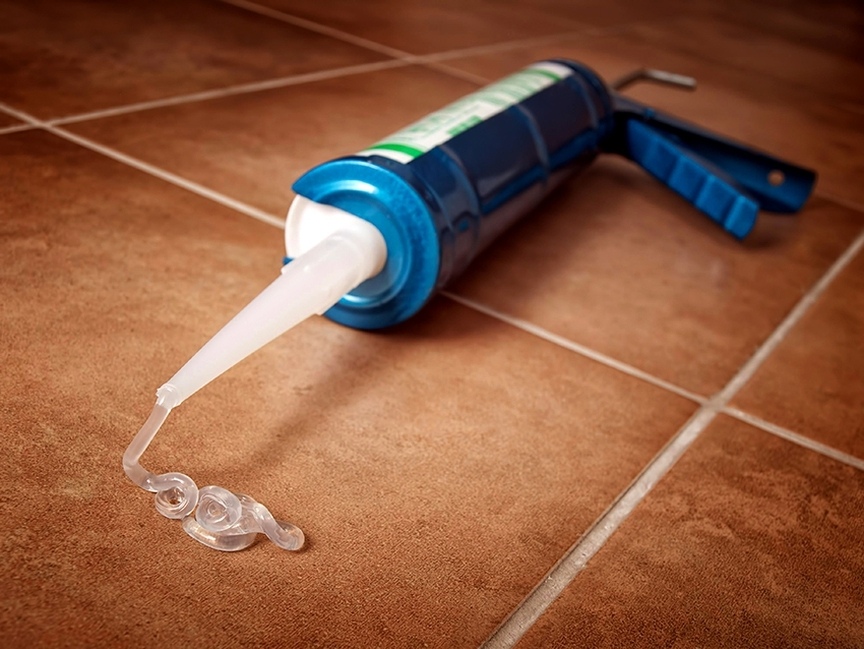
The content of the article
What are liquid nails
The composition of such glue may vary. Most often, it is based on a duo of synthetic rubber and polymers, and the filler is a special type of clay mined in Texas. In this case, the white color of liquid nails is obtained as a result of the inclusion of titanium dioxide in the composition.
Sometimes chalk is used instead of plastic clay, which significantly reduces the strength of the nails. Toluene with acetone in its composition also requires no less attention. Although these substances are aimed at increasing adhesion and drying speed, they are too toxic for humans.
There are many varieties of liquid nails. Depending on the characteristics of the composition, they can be universal, quick-drying, increased strength, intended for dry rooms or rooms with high humidity, and similar options. But if we talk specifically about the types of liquid nails, then there are only two of them:
- neoprene - with a pungent odor, which indicates the presence of an organic solvent in the composition;
- acrylic - water-based, and therefore suitable only for gluing porous materials and are afraid of high humidity.
Some craftsmen use this adhesive composition to seal seams between tiles, cracks in window frames, etc. But for these purposes it is still better to use a sealant - it copes with the task of insulation much better.
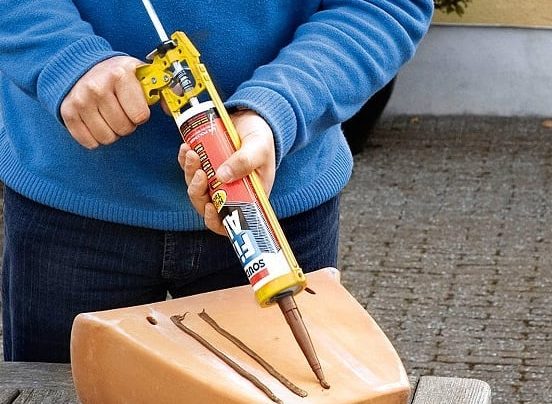
How to use
The packaging of liquid nails contains instructions for use, which include:
- a graphic representation of how to insert a tube into a mechanical gun (in a special niche, with the surface for pressing towards the piston);
- Recommendations for use (spot application or wavy line application for heavy surfaces);
- drying features (how long it takes liquid nails to dry, and how long it takes for them to set).
The last point requires special attention, since depending on the composition of the glue, it sets within 12–24 hours. After this time, it will be possible to safely remove additional supports and excess that has leaked beyond the bonded surfaces.
But liquid ones will be able to withstand additional load (in addition to simply holding the glued surface) only after a week - that’s exactly how long it takes for the composition to fully polymerize.
If you follow the instructions in full, you can almost always get excellent results. An exception to the rule is the incorrect selection of liquid nails. And keeping in mind that there are now quite a few brands (Moment Montazh, Tub Surround, Nail Power, Tigger construction adhesive, Solvent Free, Heavy Duty, LN, Zigger - and these are just the most popular) and each brand includes several multi-directional compositions , it is not recommended to use the first tube you come across - you may miss.
Therefore, it is recommended to first determine the characteristics of the material to be glued and the upcoming conditions of its operation. Based on these data, it will be possible to select the optimal composition, after which all that remains is to arm yourself with a pistol and enjoy excellent results without any complaints.

